Articles Common Injuries During and After Pregnancy
New mums and women going through pregnancy often present to physiotherapy clinics with similar injuries.
Lower Back and Pelvic Pain
During pregnancy the body undergoes several physical changes:
- A hormone called relaxin is gradually released into the blood stream, this loosens ligaments and prepares the body for childbirth.
- During a healthy pregnancy many women gain weight. This places more load on the body’s structures.
- Expansion of the uterus changes your posture and also makes it more difficult for the muscles of the spine and pelvis to work properly.
- The weight of a growing baby can place pressure on blood vessels and nerves giving rise to symptoms such as pins and needles, numbness, weakness and referred pain into the legs.
For these reasons lower back pain +/- sciatica, groin and buttock pain is very common in amongst pregnant women. The use of heat packs, massage, TENS machines, hydrotherapy, SIJ belts, activity modification and frequent resting (please see our article on “Management of acute LBP”) can help alleviate symptoms. Caring for a newborn can be very physically demanding, to minimise the chance of potential or ongoing issues it is important to retrain and strengthen the muscles of the spine and pelvis after pregnancy.
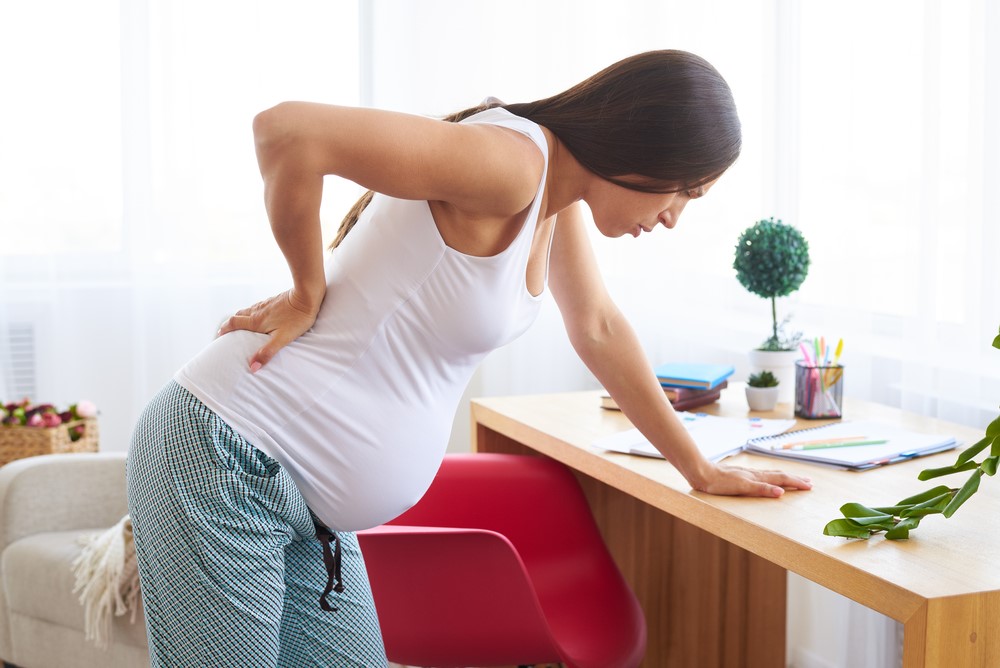
Postural/Muscular Neck Pain
The reasons outlined above can also lead to the development of postural neck pain. The postural muscles of the neck that help keep the head upright become over worked and fatigued from maintaining static positions thereby placing more strain on the ligaments and joints. This can give rise to headaches, neck and shoulder pain. It is important to change your posture frequently, use supportive pillows during breast feeding and have regular rests to help alleviate symptoms.
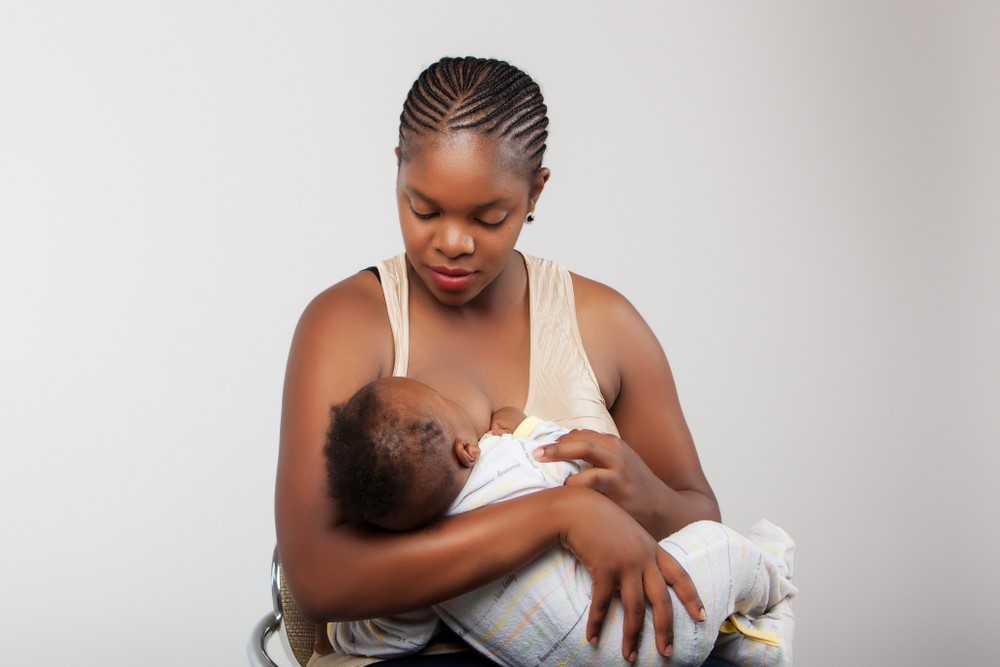
Carpel Tunnel Syndrome
The carpel tunnel is located on the palm side of the wrist and comprised of 9 tendons and 1 nerve (median nerve). Problems arise when the nerve becomes compressed due to swelling within the carpel tunnel. Symptoms typically include pain/numbness/tingling into the thumb, 1st and 2nd fingers, hand weakness, cramping, pain with repeated/prolonged gripping and night pain. Carpel tunnel syndrome is often observed during pregnancy from fluid retention and after pregnancy due to overuse of the hands (i.e. holding their newborn). Activity modification (i.e. using supportive pillows during breast feeding) and wearing wrist splints can help to alleviate symptoms.
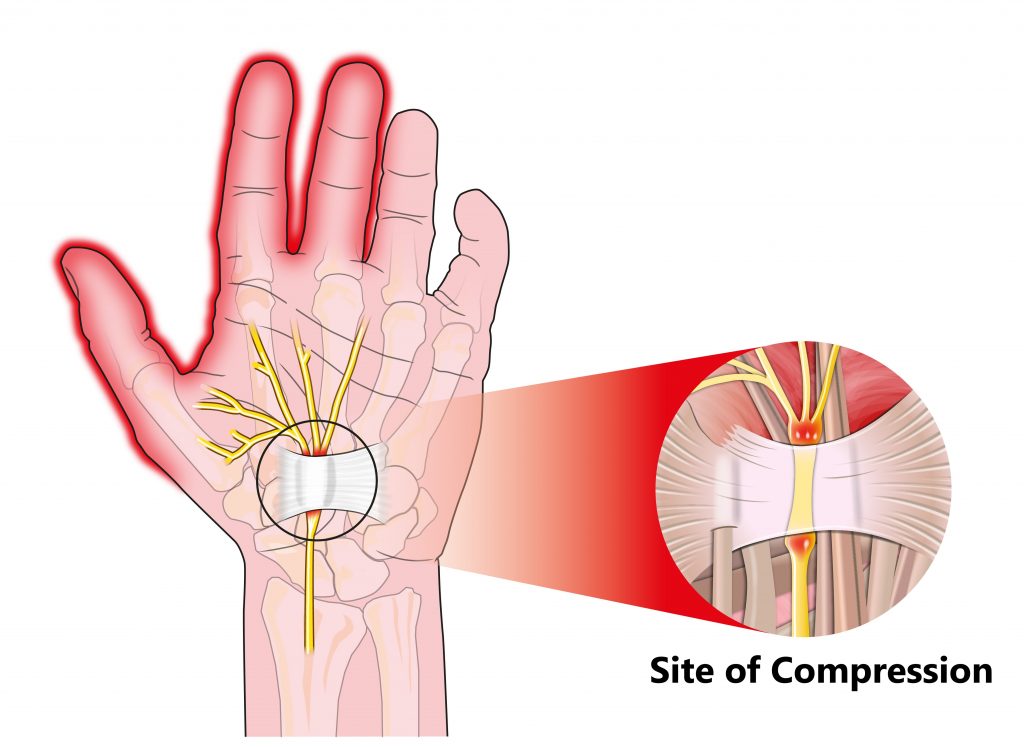
De Quervains Tenosynovitis
This is a fancy name for inflammation of the two tendons which help extend your thumb. This is an overuse condition brought on by repeated/prolonged gripping. Symptoms can include pain at the base of the thumb which can extend into the forearm, restricted and painful thumb movements and a limited ability to grasp and pinch objects. De Quervains Tenosynovitis is commonly observed after pregnancy due to repetitive use of the hands (i.e. holding their newborn). Activity modification (i.e. using supportive pillows during breast feeding) and use of a splint to support the thumb can help to alleviate symptoms.
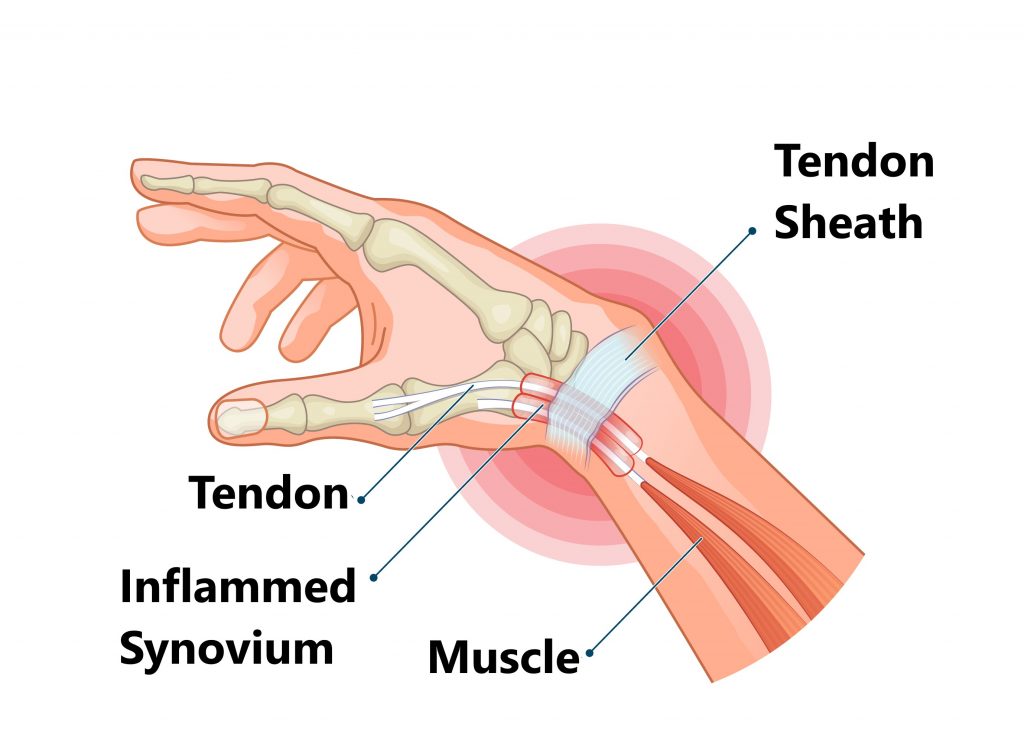
Plantar Fasciitis
The plantar fascia is a tough band of fibrous tissue located over the sole of the foot. Its role is to provide support for the foot by maintaining its natural arch. Inflammation of the plantar fascia can occur due to prolonged standing and weight bearing. Symptoms include pain on the underside of the heel or in the arch of the foot, pain and stiffness in the morning that improves with movement and an increase in pain during and after activity. This is often seen in women during pregnancy due to weight gain and especially in those who have flat feet. Using orthotics and reducing the amount of weight bearing can help to alleviate symptoms.
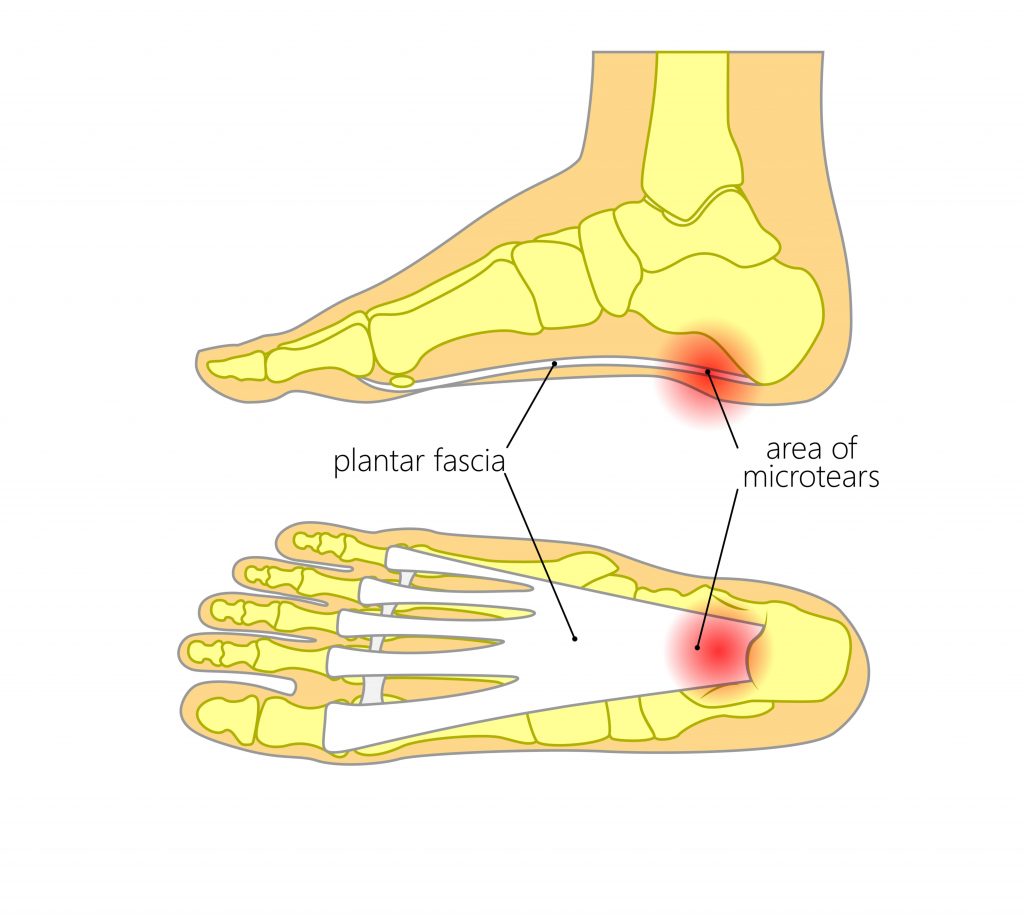
Ankle and Foot Swelling/Cankles
During pregnancy the body produces more blood and the veins become less efficient at returning fluid back to the heart. This causes ankle and foot swelling and commonly affects women during pregnancy especially in the later stages. Symptoms can include increasing swelling and pain with prolonged standing/walking and difficulty wearing shoes.
To alleviate symptoms, you can try:
- massage
- wearing comfortable looser shoes
- limiting the amount of prolonged standing/walking
- having regular rests
- elevating the feet
- lying on your left side (to aid return of fluid to the heart)
- wriggling your ankles regularly (to aid return of fluid to the heart)
- wearing compression stockings
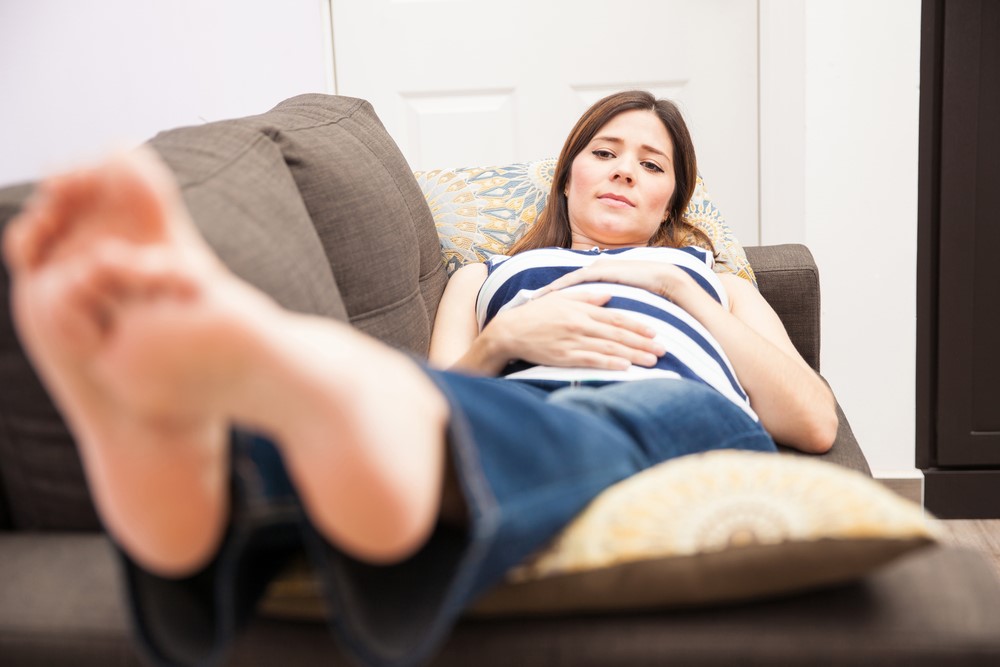
Pelvic Floor Dysfunction/Stress Incontinence
Pregnancy and childbirth stretches and weakens the pelvic floor muscles. This can result in urinary incontinence particularly during activities which increase internal abdominal pressure such as:
- coughing
- sneezing
- lifting
- bending forwards
- exercising (i.e. walking, running, aerobics)
This is very common post pregnancy and can be extremely embarrassing and distressing. The good news is like all muscles in the body the pelvic floor can also be strengthened. It is good practice to commence regular pelvic floor exercises during and after pregnancy.
These exercises are provided during most ante/postnatal classes but it is best to see a physiotherapist who specialises in women’s health to ensure the correct muscles are being activated when exercising.
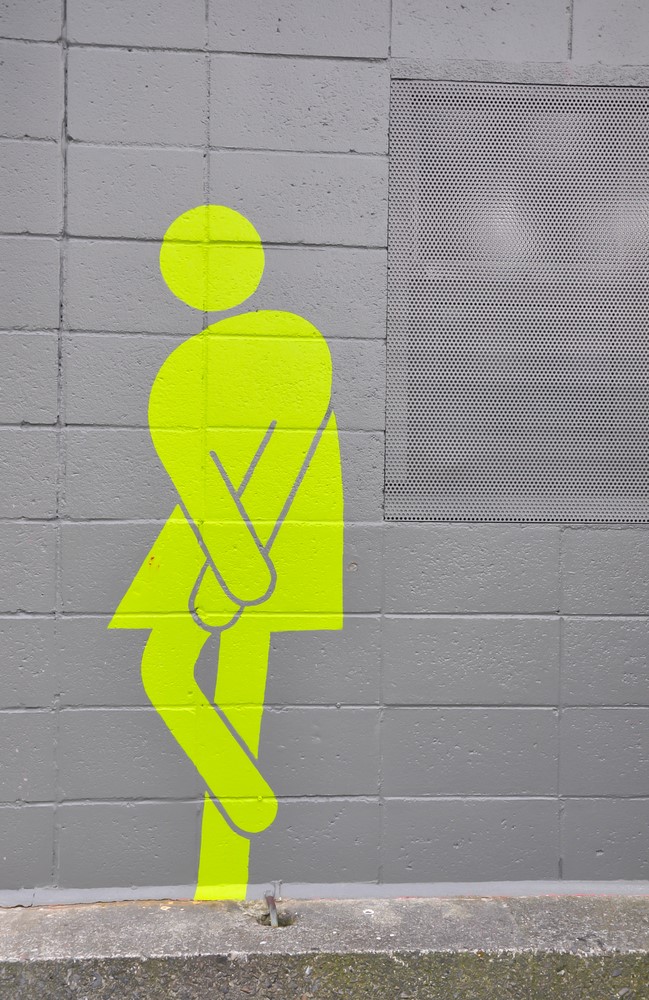
Please keep in mind the information provided is general in nature and should not be used as a substitute to consult your treating health professional. If you have any specific questions or require assistance with your individual treatment requirements please do not hesitate to contact MyFamily Physio Mona Vale, Northern Beaches Sydney.